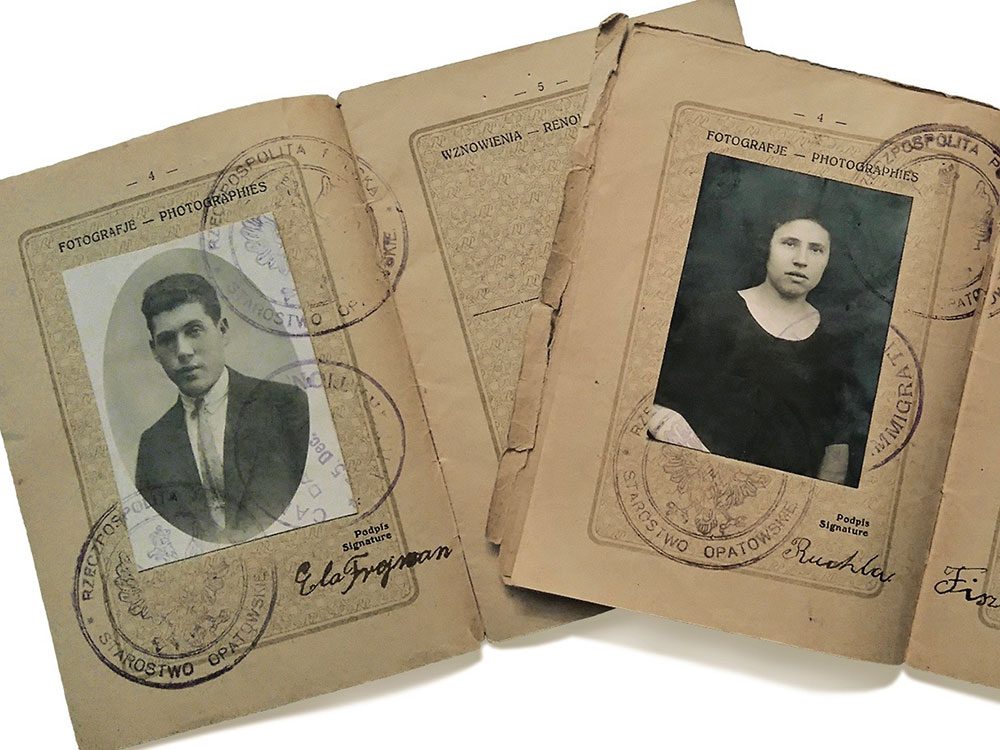Coming to Canada: What the Great White North Was Like 100 Years Ago
Immigration and resettlement is a key part of Canada’s history. “Canada is a good country,” proved to be true for this Polish family.

What coming to Canada was like in the 1920s
My parents arrived at the port of Halifax, on December 18, 1927, from a small village in Poland. The first thing that impressed my father was a banana. He’d never seen one before and didn’t know if he should eat the peel. He soon found out when he attempted to do so. Nonetheless, his first words upon landing were, “Canada is a good country.” (Here are 13 often-overlooked reasons it’s great to live in Canada.)
From Halifax, they travelled on the Canadian National Railway to Toronto, arriving at Union Station, which had just opened a few months prior. My mother was in absolute awe. “This is Toronto?” she said, taking in the grandeur. She had no idea what she was coming to.
My father came over, literally, with only the clothes on his back, and had to borrow five cents to buy a memorial candle to light in memory of his deceased father. He was given a helping hand by another Jewish family who had arrived in Canada before him. My father got a job as a presser in a factory on Spadina Avenue and continued working there for 40 years.
Every year, we went to the Canadian National Exhibition, better known as The Ex, to see the new items that were going to be produced in Canada: cars, stoves and refrigerators. We would also get to see the new fashions that my father would be working on in the coming year.
All travel around the city was via the Toronto Transit Commission. We had the greatest respect for the drivers who got us safely to where we were going. (These 50 things will have you falling in love with Toronto all over again.)
My mother loved going to the movies. As soon as my father would get home from work, she would leave for the movies, after she’d given him dinner. We lived by Brunswick Avenue and Bloor Street, so she had three choices of theatres: the Bloor, the Midtown and the Alhambra. At that time, the theatre gave out free place settings, so depending on which part of the place setting you needed, that was the location you chose. I still use those dishes today and have also passed some of them on to my daughters and their families.
When my sister got married, she and her husband moved to Windsor, Ont. We all loved taking the train to visit them. That is also how we went to Expo ’67 in Montreal. While there, we went to a cousin’s cottage in Sainte Agathe in the Laurentians. We were all impressed to hear my cousin conversing with others in French.
In general, everyone made do and life was much simpler. There was no health care, so different groups of people set up societies, paid dues and hired a doctor to service their needs. When my mother saved up money, she shopped at Eaton’s and referred to Mr. Eaton as her Uncle Timothy. My parents could not afford to travel much on their budget, but by working hard they succeeded in raising children and grandchildren. Excursions were a Sunday picnic lunch on the grass at either Queen’s Park or Centre Island.
It has been more than 90 years since my parents first came to Canada and so much has changed. But the one thing that has not changed nearly a century later is the sentiment that my father expressed when he first arrived: Canada is a good country.
These 10 Canada Day photos perfectly celebrate the True North Strong and Free.



